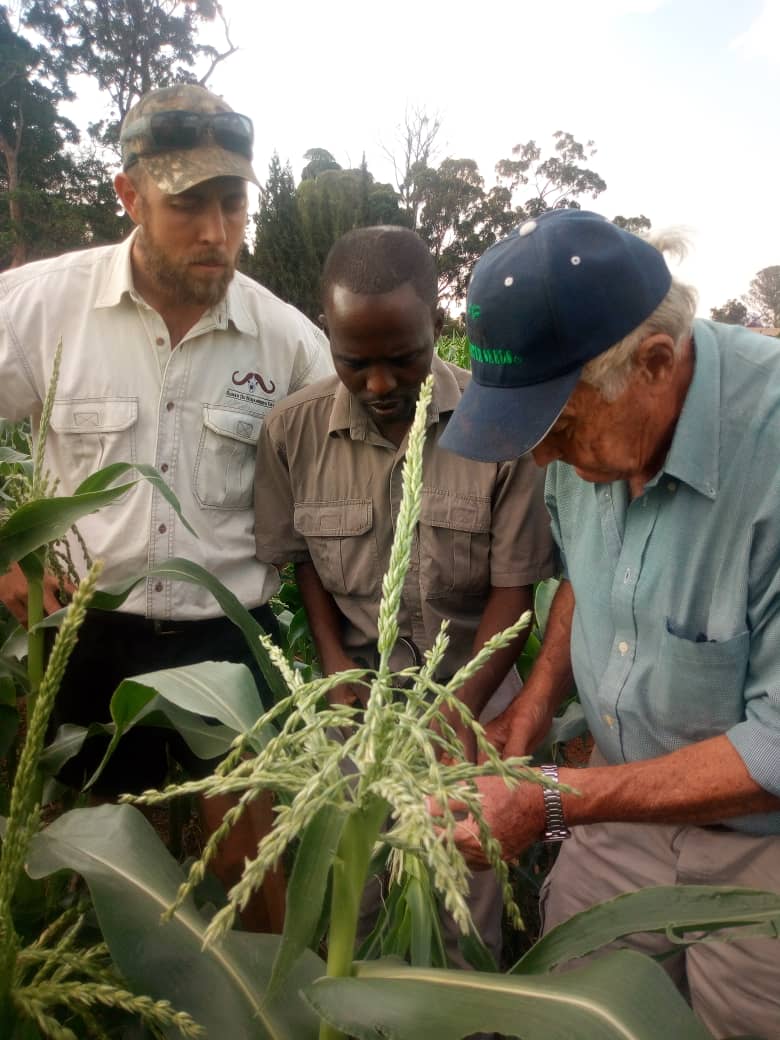1/5 Transplanting seedlings. The farmer should bear in mind the following when transplanting seedlings. Firstly the seedlings must be transplanted and watered as soon as possible after it has been obtained from the nursery. Seedlings should be placed vertically into the ground
2/5 and not side ways.This is to avoid a condition known as "J rooting".This condition results in a J shaped root system that ultimately decreases yield up to 50% or more, the root doesn't develop well, when it survives it doesn't grow well The farmer should ensure that seedlings
3/5 are planted at the correct depth in a little hole that has been formed into the ground prior to planting. If the seedlings are forced into the ground without a hole being prepared for them to be inserted into, the root system will be compromised and the plant will experience
4/5 stress resulting in poor yield. Once the the seedling is placed inside the hole the area should be firmed so that sufficient contact is made between the seedling and the soil. Implementing the correct planting technique is vital for a good harvest. The influence of incorrect
5/5 handling and planting seedlings could mean the difference between success and failure of the farmer. The root system is key to top yields. #farming #horticulture @Charterseeds @corporatefarmg1 @mrLethario @yoAgronomist @MukuvariKaroi @AgricultureDesk @MatiengaMambo
• • •
Missing some Tweet in this thread? You can try to
force a refresh























